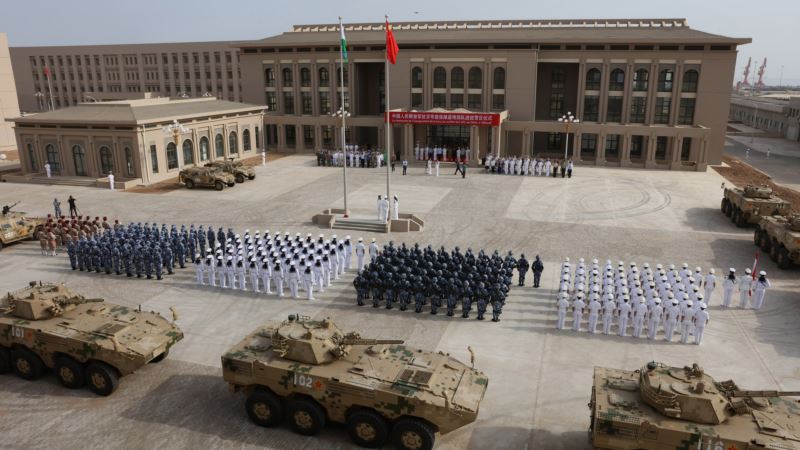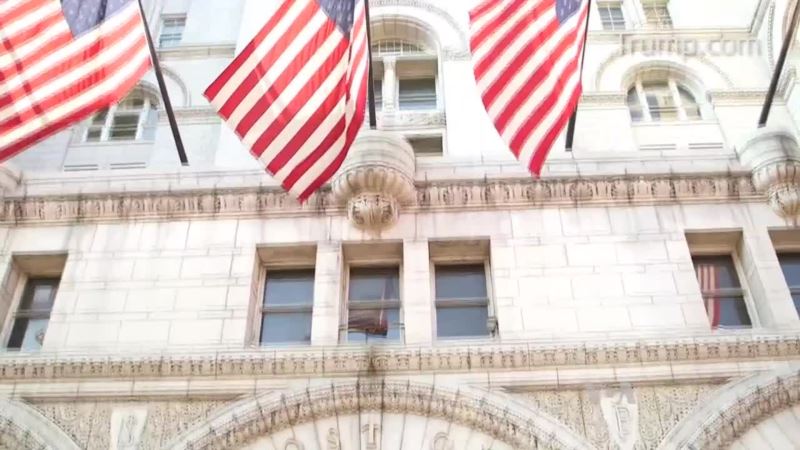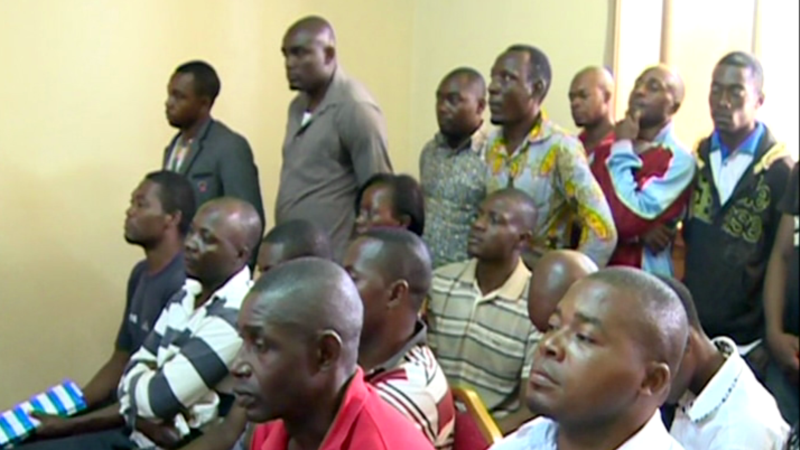U.S. central bank (Federal Reserve or Fed) officials are generally upbeat about the nation's economy, but remain split on whether an interest rate increase is needed soon. Minutes from the Fed’s July policy meeting shows consensus that labor market conditions have improved since May, and that economic activity continues to expand at a moderate pace. But while some members insist that continued low interest rates could hurt financial stability, some policymakers argue that more signs of recovery are needed before the central bank resumes the process of tightening or normalizing interest rates. The one clear area of agreement was that more data is needed before the Fed starts raising its short-term lending rate. Among the areas of concern: inflation, which remains below the committee’s 2 percent target rate, partly due to declines in energy prices. Another area of concern: consumer spending. Although household spending has grown, business investment remains soft. Major U.S. stock indexes, which had been trading lower Wednesday in anticipation of the Fed’s comments, rose slightly after the release of the July minutes. The Fed last raised its benchmark funds rate, the rate it charges other banks on overnight loans, last December – from near zero to a range between 0.25 and 0.5 percent. Fed watchers had expected at least two rate hikes in 2016, but slower growth overseas and market shocks, including the recent Brexit vote in Britain, gave U.S. central bank officials reasons for pause. Economists who spoke to VOA say the next rate increase could happen either in September or December.
US Fed’s July Minutes Show Policymakers Split on Rate Hike






